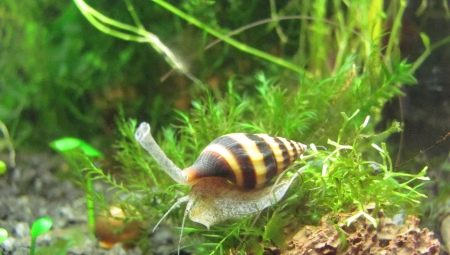Helena snail is an unusual type of freshwater predatory mollusk. Aquarists choose these creatures for their ability to deal with uncontrolled breeding weed snails. The helens themselves are also very interesting creatures, whose behavior is curious to observe.
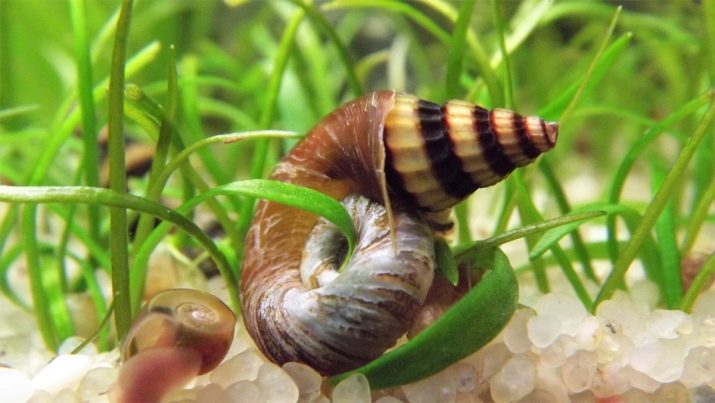
Description
In the natural environment, this predator lives on the islands of Indochina and Indonesia. Helena rightfully belongs to the only freshwater trumpeter - the family of marine mollusks. Their habitat is fast rivers and stagnant water bodies.
On average, the size of the cochlea is limited to 2 cm, its shell reaches parameters of 18-28 mm, and its diameter is 7-3 mm.
Its feature is the forward stretching of the respiratory tube during movement. The carapace is ribbed and has the shape of a cone. It is painted in a saturated yellow shade, along which spiral black stripes pass.
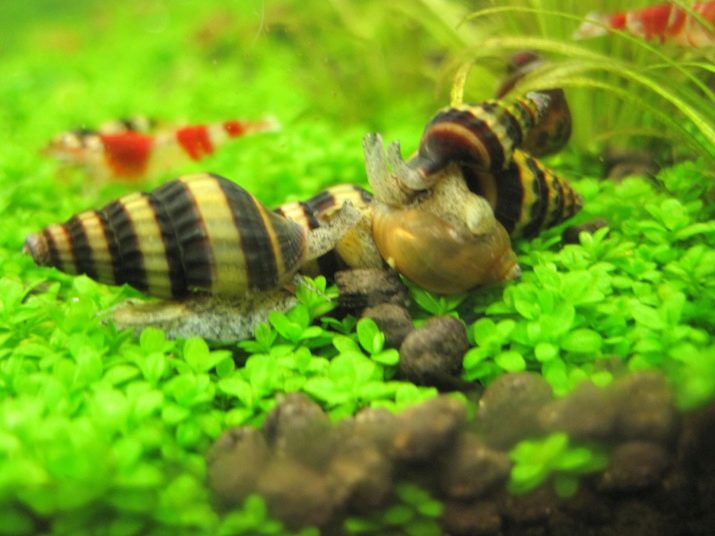
Benefit and harm
Inexperienced aquarists, having read unreasonable reviews from incompetent snail lovers, are afraid to start this species. Really, it is believed that this snail is able to kill and eat aquarium fish. This is exactly what the breeders decided when they noticed how helena eats up a carcass of fish. In fact, this creature cannot attack, strangle or poison fish, even a young fry cannot afford it, but the snail does not refuse to eat the corpse of an already dead fish. That is, aquarists who have noticed that helena is cracking down on the body of the fish should know that this fish was already dead.
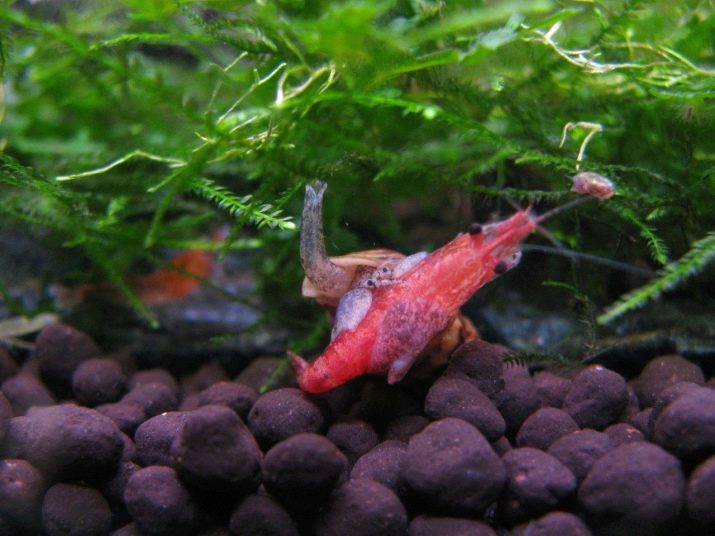
When you hook a snail into an aquarium with fish, you don’t have to worry that it will harm them. But the benefits of this creation can be substantial.If helena is too small, slow and weak for hunting fish, then it will eat its smaller relatives, for example, physical or reels. These weed snails breed very quickly in an aquarium. Some people think that coils can be used as living filters, supposedly they will clean the walls and decorations from green plaque.
In reality, these small creatures are not particularly valuable and eat up green algae in small quantities. Helena will be able to control the reproduction of these weed snails.
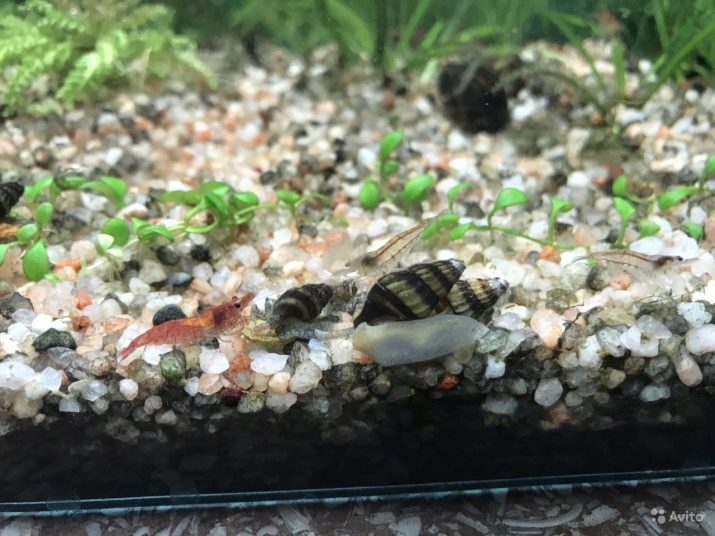
Nevertheless, it should be noted that helena will not refuse useful snails, for example, chalking, which are really capable of maintaining the cleanliness of the soil. These mollusks destroy the remains of decomposed algae, which Helena is not capable of. These useful creatures become the prey of a predatory snail, so the owner of the aquarium risks being left without living cleaners. In this regard, it is important to control the number of predators and leave them in the tank in an amount not exceeding the number of other snails.
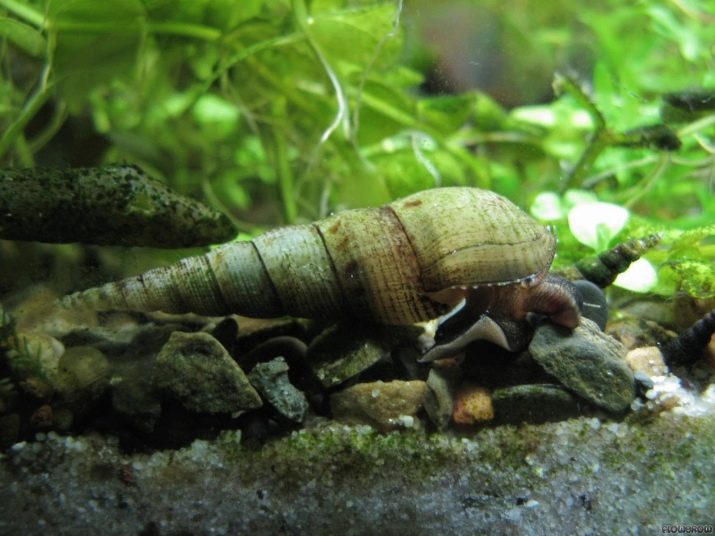
Maintenance and care
In order for helens to feel comfortable and ready for high-quality reproduction, it is important to observe the conditions of detention. So, you should be responsible for the volume of the aquarium where the snails will be kept. A volume of 3-5 liters is enough for one individual, but if the artificial pond is larger, then the mollusks will feel better. Before planting new helena to the rest of the inhabitants, it must go through a period of quarantine. To do this, leave it for several weeks in a separate container until it reaches a size of 1 cm, and only then plant it in a common aquarium.
Favorable temperature limits for the content of helen - 23-27 degrees. Recommended acidity of water - 7.2-8 pH, hardness - 8-15.
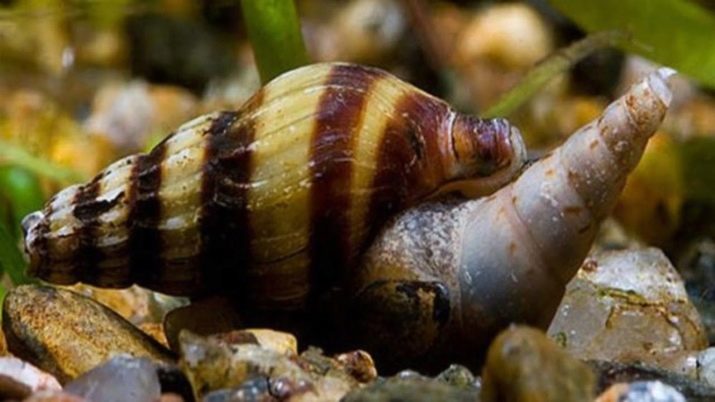
Keep in mind that at a temperature of 20 degrees the snails will no longer be able to give offspring, and at even lower rates, the mollusks will refuse to eat. Use fine gravel or sand as soil. These snails love to bury themselves in the ground to half the shell, so give preference to the smallest fraction. The color can be anything - a creature of such a bright unusual color looks beautiful both on a dark or light background, and at the bottom of a saturated shade.
In the aquarium, this predator eats up small mollusks and corpses of fish, with its proboscis it sucks out the extracted shell, but also needs additional nutrition.
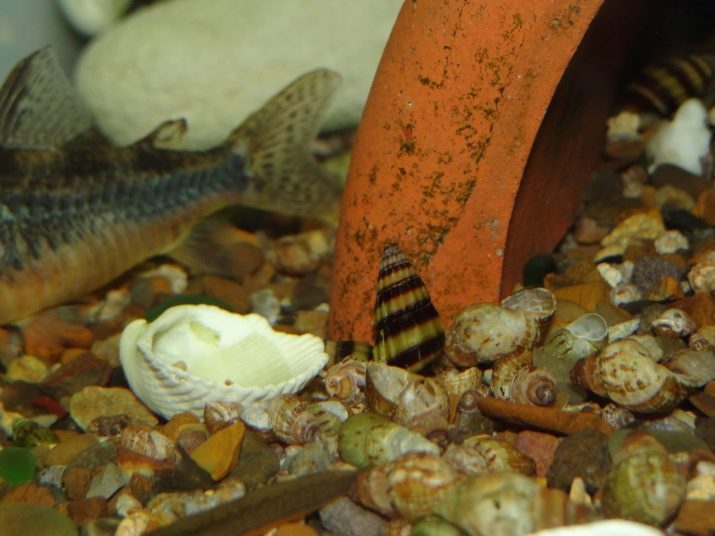
So, frozen shrimp, bloodworms, catfish feed pellets may be added. You can feed helen with boiled squid meat, mussels or beef offal (heart, liver). During the day, the snail eats a lot, but does not eat every day and after a meal prefers to go into short-term hibernation. With proper maintenance, the life expectancy of helena in aquarium conditions will be 2-5 years.
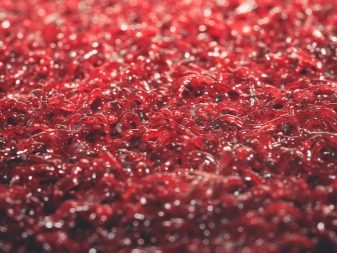
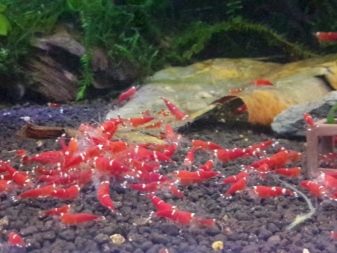
Compatibility
As already mentioned, the number of helen individuals needs to be controlled. If you do not attach importance to their quantity, then soon there will be no other snails in the aquarium that are smaller in size. Larger snails may not be afraid of their voracious neighbor; these include adult neretins, ampullaria, marises, or large types of tylomelania. Helena reaches the contents of the shell by stuffing the proboscis with the oral opening inward and sucking the insides, but it cannot cope with larger individuals.
This snail is safe for fish and shrimp, since these are too nimble creatures that helena can not keep up with, besides they are not of nutritional interest to it. True, one can observe a situation when a fish became a victim of a predator, however, it is always a sick fish, which is not even able to move from an ailment.

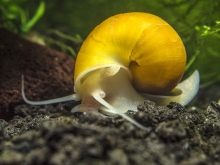
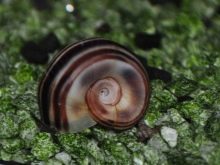
Occasionally, helena can start hunting for shedding shrimp, but usually this phenomenon occurs when there is a shortage of feed.
The fry, who have already learned to swim on their own, do not risk anything, but you should not breed fish in a common aquarium - helena will enjoy caviar with pleasure. If active or aggressive fish, for example, cichlids, labyrinths, bots and barbs, are contained together with helens, then the snails themselves will not reproduce. In this case, when breeding mollusks can be deposited.
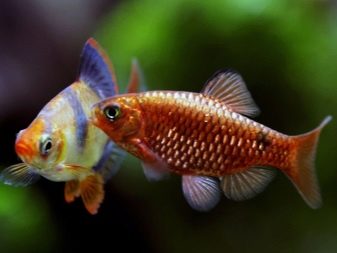
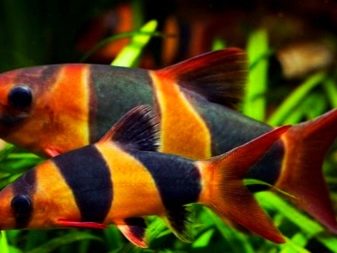
Breeding
These mollusks lend themselves well to breeding in aquarium conditions, although a small amount of snails is usually removed at one time. Unlike most of its relatives, helens are not hermaphrodites, and therefore for breeding you need to contain a large number of individuals in order to increase the likelihood of males and females. It is impossible to determine the sex of Helen, but these creatures sometimes gather in pairs - and then we can assume that this is a female and a male. Thus, the male and female individuals keep together all the time, even when eating. If you plan to breed in a separate tank, then this pair can be taken as producers.
Reproduction is possible only at water temperatures above 20 degrees. The pairing process is quite long, it can last several hours.
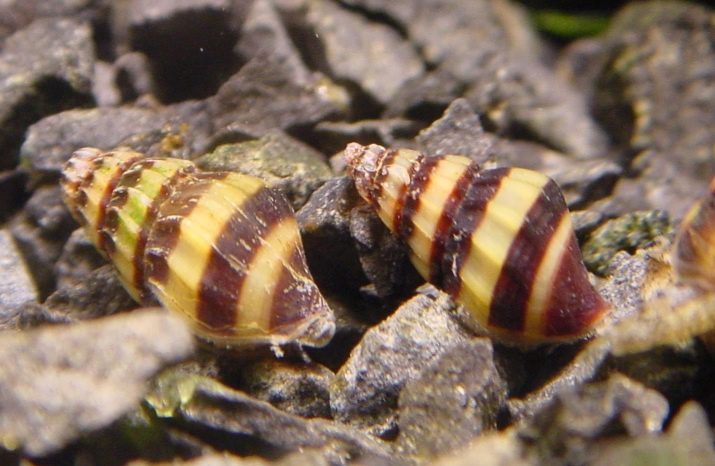
Sometimes their neighbors join two individuals, and the aquarist can observe a real “sandwich” of glued snails. A female lays an egg on a hard surface, usually stones or driftwood. The egg resembles a transparent capsule in which a miniature yellow ball is enclosed. It is also formed quite slowly, within 20-30 days, depending on the temperature.
As soon as the young hatch from the shell, it immediately burrows in the ground, and for several months the owner will not see it. Young snails hatch from sand when they reach a size of 3-4 mm, but an extremely small amount of helen will survive until adulthood due to the high competition for food during the period of active growth. Young people swim in the upper layer of water and feed on the remnants of fish food.
On the content of the snail helena see below.
